WAGABOX® Technology and the U.S. RNG Market
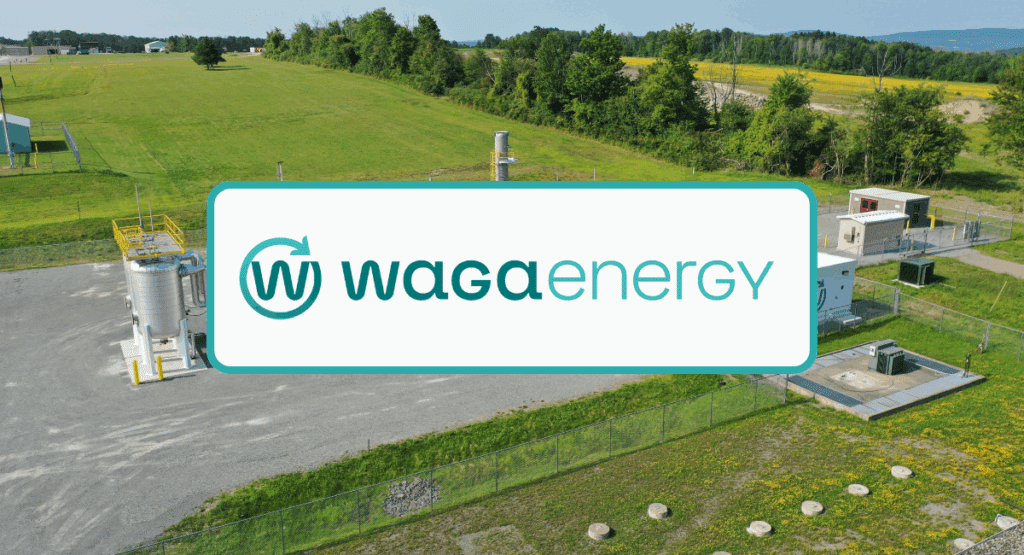
WAGABOX® Technology and the U.S. RNG Market: Small Landfills, Great Potential
By Waga Energy
The renewable natural gas (RNG) market in the United States is expanding rapidly, driven by environmental regulations and demand for low-carbon fuels.
However, most landfill gas (LFG) upgrading projects in the U.S. have focused on large sites producing over 1,500 scfm of biogas. Smaller landfills—despite being numerous—remain largely unexploited due to technical and economic constraints.
Waga Energy’s WAGABOX® technology, recently deployed in the U.S., addresses this gap.
Based on a combination of cryogenic separation and membrane filtration, the system can process LFG with high variability in composition, including elevated nitrogen (up to 30%) and oxygen (up to 3.5%).
Unlike many upgrading systems in the U.S. market, WAGABOX® technology can operate efficiently on a wide range of landfill sizes and gas qualities.

Two recent projects illustrate its application:
• Steuben County, NY: In operation since March 2024, this is the first WAGABOX® unit injecting RNG into the U.S. grid. The landfill generates around 900 scfm of biogas— unusually low by U.S. standards. The project was made possible by a 20-year gas rights agreement and required less than 0.5 hectares of space. A previous LFG-to-energy system was decommissioned in 2019 for economic reasons.
• Scott Area, IA: Scheduled to begin injection in August 2025, this project also involves a landfill producing less than 1,000 scfm of biogas.

In this case, Waga Energy co-invested in upgrading the landfill gas collection system, improving methane capture and enabling project viability. This also reduces fugitive methane emissions.
Both cases demonstrate the potential to extend RNG production to small-scale landfills previously excluded from the RNG value chain. The standardized design of the WAGABOX® unit allows relatively fast implementation — between 18 and 24 months— depending on site conditions and permitting timelines.
These deployments suggest a new technical pathway for enhancing methane recovery from smaller landfills in the U.S., with implications for both GHG mitigation and renewable fuel supply.
For more information, read our USA Biogas Magazine.
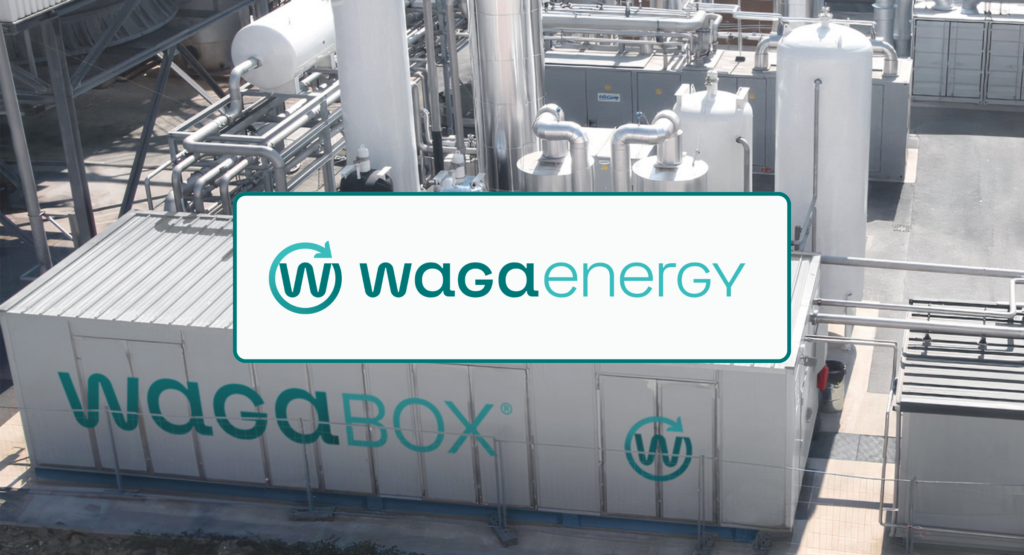

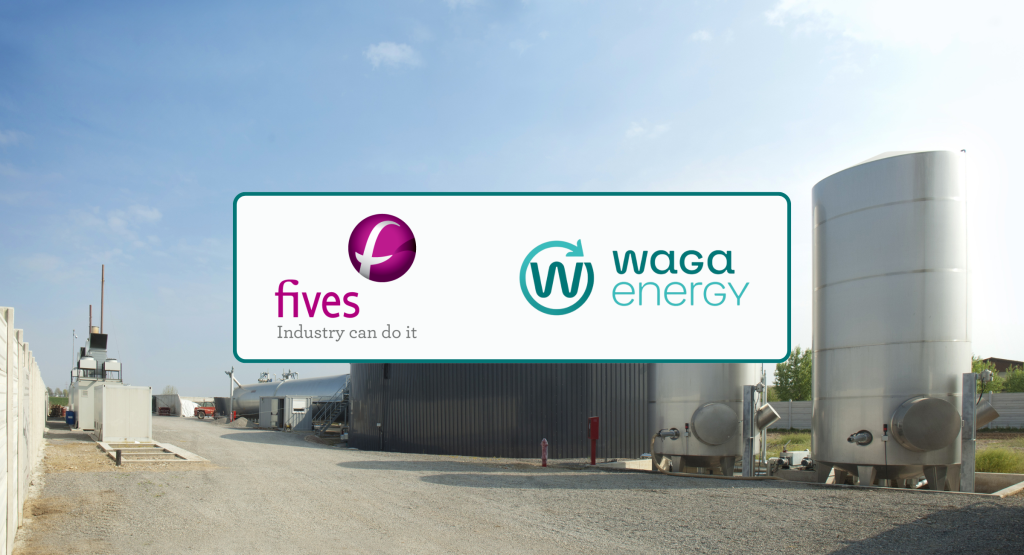
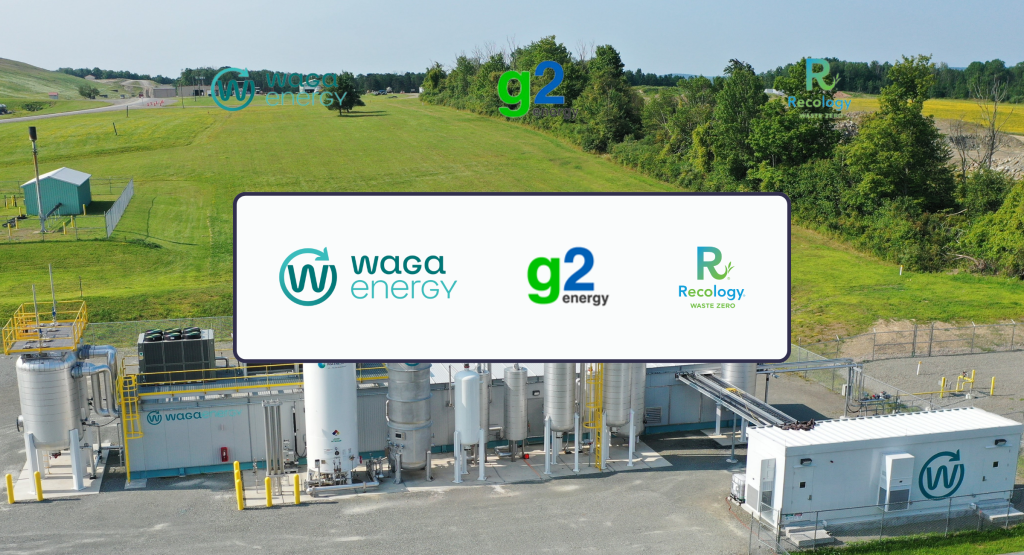
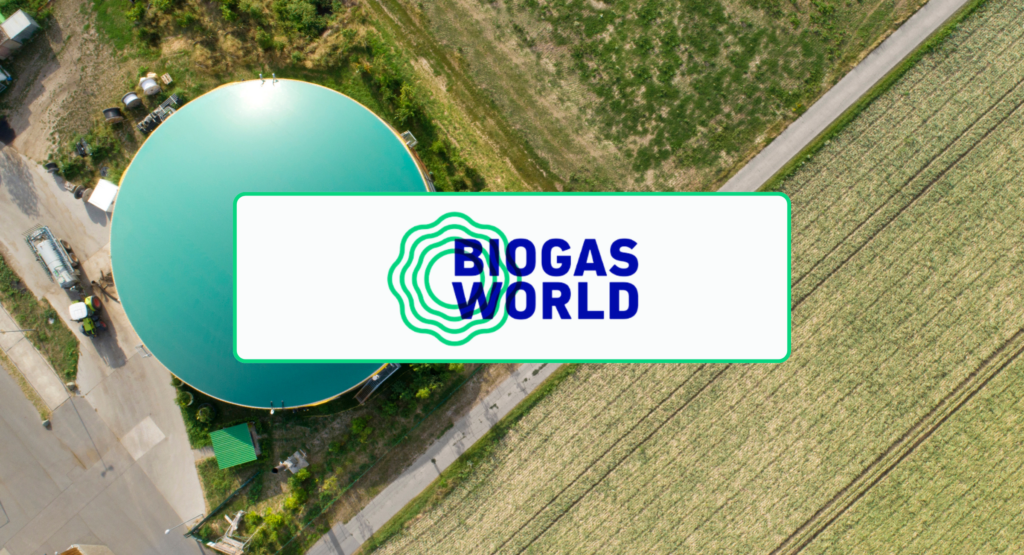
Comments